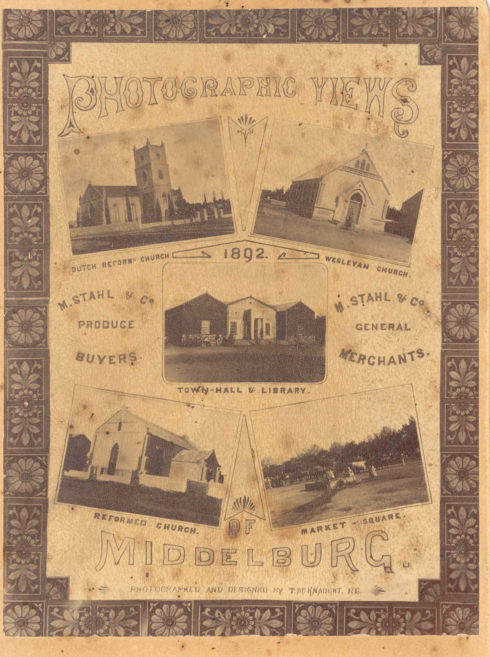An Enchanting Past of Karoo Farm Living
Dwarsvlei Farm came into prominence when, in 1900, it was bought by Henry Nourse, who was one of the few survivors of the very earliest pioneering days. He came of naval stock. His father was a naval officer and one of his uncles was at one-time commander of the Simons town naval station. Henry Nourse was born on the 23rd April 1857 on the farm Advice, in the Uitenhage district of the Eastern Cape, where his father lived after retiring from the navy.
One of the world’s most noted horse breeders, Henry Nourse, was also a great sportsman, a fine soldier and a mining magnate. Nourse mine on the Witwatersrand still bares his name. He was chairman of the SA amateur athletic and cycling associate for 30 years, and chairman of the SA Olympic games council for more than 20 years.
Henry Nourse’s greatest claim to fame, however, was as a thoroughbred breeder and at one time he is reputed to have had the largest thoroughbred stud in South Africa, and indeed in the Southern Hemisphere, and one of the largest in the world with 700 horse spread over his three farms, Dwarsvlei, Kalkfontein and Rietfontein on the orange river. Rietfontein now belongs to South African golf veteran, Gary Player. On Dwarsvlei alone there was stable for 200 brood mares. Henry Nourse also had merino sheep and jersey cattle studs and apparently purebred chickens. There was an extensive vegetable garden and fruit orchard from which he supplied Middelburg.
During the South African war Henry Nourse was closely associated with colonel Ignatius Ferreria and involved in the second Sekukuni campaign. On the outbreak of the first South African war he was engaged in the defence of Pretoria. He raised a temporary irregular force, Nourse’s Horse, to which a memorial plate was erected later in the crypt of St Paul’s Cathedral London.
Being a military man, Henry Nourse built the main homestead on Dwarsvlei as a venue to entertain his officer friends from Groot Fontein where 7 000 British troops where stationed during the South African war, hence the grand proportions of the rooms and the sprung dance floor of the sitting room. Unfortunately, it wasn’t long used for this purpose, because the house was completed in 1910, the year of the union.
In 1944, on Henry Nours’s death, Dwarsvlei was bought by Nourbet Erleigh, also a mining man. Nourbet Erleigh along with several others became notoriously know for salting a gold mine, which resulted in him spending 5 years in prison.
Alfred John van Lingen bought Dwarsvlei farm from Nourbet Erleigh in 1963 and has farmed it ever since. As both Nourse and Erleigh lived in Johannesburg, with managers on Dwarsvlei, John van Lingen and his family were the first to live on the homestead. Dwarsvlei was farmed for 50 years by John van Lingen. He ran race horses for Nourbet Erleigh for 15 years after purchasing the farm and he also ran a very successful merino stud. John was an astute farmer always willing to consider new opportunities. With the help of Dwarslei an irrigation far was purchased on the Orange Fish Scheme by the van Lingen family. These properties ( Dwarsvlei and Temple Farm) are now farmed by Andrew and Matthew van Lingen (son and grandson to John van Lingen). Through careful farming, with timed controlled grazing, by the 3 van Lingen generations who have worked the farm, the ecosystem has improved greatly.
In an exciting new development, Dwarsvlei has been transformed into a venue for cycling and running events amongst others. Lets see what the future holds for this beautiful old farm.






